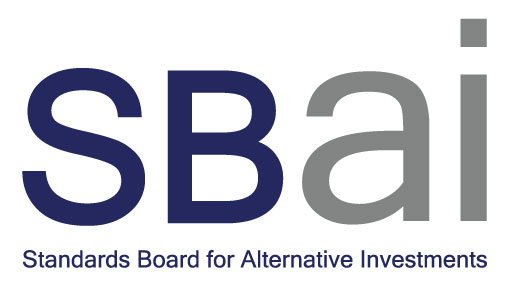New SBAI Guide Demystifies Insurance-Linked Strategies for Institutional Investors
The Standards Board for Alternative Investments (SBAI) today published an Introduction to Insurance Investing, a concise, practitioner-focused introduction to investing in Insurance-Linked Strategies (ILS).
The guidance is designed to help investment committees, portfolio managers, and risk teams understand how ILS can enhance diversification. It explores the underlying risks and instruments involved, from catastrophe (‘cat’) bonds to collateralised reinsurance, and highlights the operational and valuation considerations that set ILS apart in today’s evolving landscape.
Jane Buchan, Chair of the Board at the SBAI, said: “At a time when institutional investors are seeking both diversification and resilience, insurance-linked strategies have a growing role to play. This guide reflects the SBAI’s commitment to equipping allocators, fiduciaries, and decision-makers with the tools they need to navigate this space confidently and responsibly. Promoting understanding and transparency is core to our mission, and we believe this resource will help advance both.”
Addressed in the guide are common barriers to adoption, including terminology, liquidity mechanics (including collateral traps and side pockets), event-driven valuation, and issues related to manager selection.
To support effective implementation, the guide offers clear frameworks for governance and oversight. It also provides practical checklists and plain-language explanations that are suitable for inclusion in investment committee packs and onboarding materials.
The guide was developed by the SBAI’s ILS Working Group, comprised of leading ILS managers and institutional investors from the SBAI’s global network of Signatories and Investor Chapter members that collectively represent more than USD 11tn in assets under management. It complements existing SBAI Toolbox resources.
What the guide covers:
- Why ILS matters: low correlation to traditional markets and structural risk premiums in “peak perils”
- Access routes: cat bonds, ILWs, sidecars, and collateralised reinsurance – direct vs. fund structures
- Liquidity & valuation: secondary-market realities, post-event collateral/side pockets, and mark-to-model NAVs
- Manager due diligence: sourcing, underwriting, modelling, and climate / secondary-peril views, and conflicts
- Operating terms: triggers, legal / tax/regulation, fee alignment, and reporting templates
Chantal Berendsen, Partner and Senior Hedge Fund IDD Analyst at Albourne, said: “Education is the first step toward prudent allocation. This guide performs an important role in equipping fiduciaries with the foundational knowledge needed to understand and evaluate insurance-linked strategies.”
Albourne is a co-chair of the Open Protocol Working Group alongside the SBAI. The Open Protocol template standardises the collection and reporting of risk data, including for ILS funds.
Rishab Sethi, Director of External Investments, NZ Super Fund, said: “Incorporating ILS into a portfolio requires not just an understanding of the return potential, but also the ability to clearly articulate the strategy’s role within a broader asset allocation framework. This guide helps support that process by translating technical concepts into language that resonates with boards, investment committees, and other key stakeholders.”
Richard Lowther, Co-Founder and Managing Partner, Integral ILS, said: “The ILS market has grown substantially, but accessible education has not always kept pace. This introductory guide is a welcome initiative that helps demystify the space and promote transparency and informed decision-making across the institutional landscape.”
Guidance is available to download here.
The SBAI is an active alliance of over 250 alternative asset managers and institutional investors dedicated to advancing responsible practice, partnership, and knowledge. It advocates for an effective alternative investment ecosystem through robust standards, common industry templates, and guidance for good practice. For more information on the SBAI or to join the SBAI community, please contact [email protected] or visit www.sbai.org.
For further information about anything contained in this press release, please contact the Research & Content team at the SBAI at [email protected].





